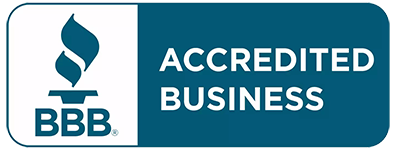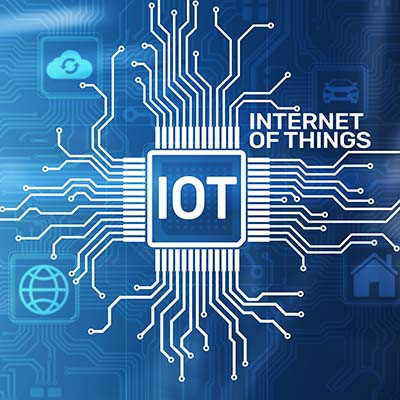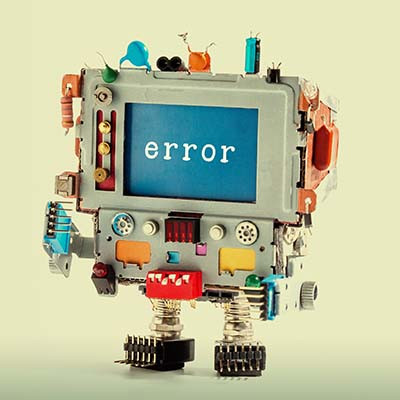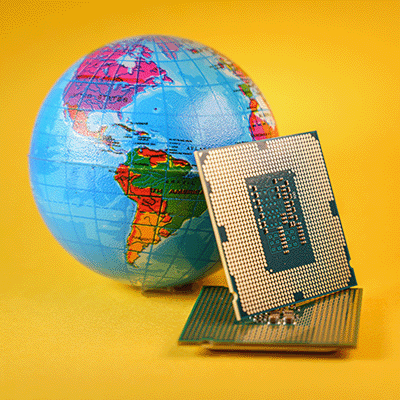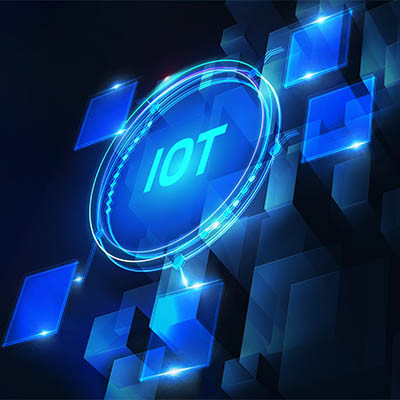The Internet of Things is a collective body of connected devices that perform various functions, most of which are devices that traditionally did not utilize Internet connectivity in the past, like thermostats or appliances. However, the Internet of Things can be used for so much more than controlling the heat in the office while you are away; it can be used to automate and manage a supply chain, too.
Telesys Voice and Data Blog
Sometimes it might feel like you can’t possibly take advantage of the same technologies as a large enterprise, but the reality is that the difference between the two has largely diminished thanks to changes in business technology models and design philosophies. Simply put, there are technologies out there that let you compete with organizations you may not have been able to in the past, and if you can track your analytics, provide a quality service or experience to your customers, and implement the right technology solutions, you are on the right track.
Businesses have a lot on their plates, especially lately, but one aspect of running a company that you absolutely should not ignore is communications. In fact, we might argue that communications is second only to security these days, considering the current state of many offices around the world. Let’s take a look at some aspects of your business’ communications infrastructure.
When a computer is on the fritz it can really destabilize a person’s ability to produce consistent work. Most users today will try basic troubleshooting techniques, for better or for worse, to get the machine to run properly. Let’s look at the results of failing technology and how it can cost businesses in different ways.
Using microprocessor-based technology is now a way of life for a majority of people, and with that a massive demand is created for these components. Unfortunately, demand—as well as the COVID-19 pandemic—has caused difficulties for many organizations’ supply chains, including microprocessors. Today, we will go through the microchip shortage, how it affects consumers and when experts project that it will subside.
When it comes to implementing new technology solutions for your business, there is always a desire to solve some sort of problem. Maybe you are not as productive as you would like to be, or perhaps there is an operational inefficiency that you hope to address or streamline through the use of the technology. Either way, the end result is the same; you are trying to make progress and move forward, not over-complicate your infrastructure.
The COVID-19 pandemic forced much of the workforce to work remotely, but now that the pandemic is receding in several parts of the world, the question of if this workforce will continue to work remotely is up for debate. A report from Gartner suggests that things will move in the opposite direction from what you might expect. Let’s dive into what this report suggests and what it might mean for your business moving forward.
In today’s ever-connected world, many devices are capable of utilizing an Internet connection to share and access information, including some rather unorthodox ones. All of these devices contribute to the greater collective which is referred to as the Internet of Things. While this type of unprecedented connectivity can be a great boon for businesses, it also represents great risks for business owners who do not take it seriously.
You may have been in a position where you tried to implement a technology solution in the past only to find that your staff is simply not responsive to it in any capacity. Maybe they do not see the value in the solution, or they do not understand what issues the solution resolves for your organization. To help you instill the correct mindset in your employees regarding technology, here are some training tips!
Software runs our lives. It certainly runs your business. What if I told you that this essential cog in your business’ operations can also be the thing that is most susceptible to being exposed by outside attackers? It’s true, software can be the very door that hackers and scammers need to get into your network and run amok. Let’s take a look at the unsung service that is patch management and why it is so important.
When someone decides to join the ranks of the entrepreneur, it can be very intimidating regardless of what type of business they are starting. Technology can help, but finding the right technology isn’t always as easy as acquiring a server. This month we thought we would outline three technologies that every new business should consider.
For the past several years there has been a steady stream of news hitting the public consciousness about the Internet of Things (IoT). IoT are all the “smart” devices that have been on the market. Some are designed to make managing your utilities more effective; some have been rolled out for businesses to make inventory management and distribution more efficient; some are just commercial products that provide ease of use or analysis that can make a person’s life easier. What you are beginning to see are these smart devices rolled out for more important purposes. This month we wanted to dedicate an article to the innovations we are seeing in the IoT, and how they are ultimately going to change the way things are done.
A lot of business is being conducted over the Internet right now, in terms of communication and transactions alike, which makes a business’ capability to remain connected to its clientele even more important. Now is not the time to wonder if your business is as connected as it should be, which means that you need to know how much bandwidth you have available—and that what you do have is sufficient.
Professional services include some of the oldest professions in the world, and some of the newest. Regardless of what kind of professional services business you run, it is hard to continue to meet your customer’s needs without incorporating some technological changes. Furthermore, there are new innovations that can help your business thrive. Let’s examine some of this technology to see if it could benefit your business.
Making solid business decisions can sometimes be confusing. Not that you try to make anything other than good decisions, but a lot of business is, and has always been, trial and error; and, you may know this from experience, error happens to be a big part of it. Today, we thought we would discuss what goes into good technology decisions and how many times it comes down to the results.
Not everyone understands the ways that businesses can leverage artificial intelligence, among the most popular of emerging technologies, to improve the way they do business. This is because there is fundamental confusion about what exactly AI is capable of. This month, we thought we would take a brief look at AI and how it can be used by even the smallest business to build more efficient operations.
As vaccines are showing promising results, we finally seem to see a light at the end of the COVID-19 tunnel. While it is still early to “look back on” the pandemic (after all, we are far from out of the woods), it makes sense to look to the future and consider how the lessons we’ve learned will continue to impact us—and this is perhaps nowhere truer than in the workplace.
Businesses use a vast array of technology for several different purposes. Some businesses use a muted strategy, while others depend on a technology-centered strategy to completely run their business’ operations. With businesses really trying to maximize their profitability, many turn to the automated tools offered by technology to cut their human resources costs. This month we thought we’d discuss some of the basic technology that even the smallest businesses are using to get ahead in a time when it is easy to fall behind.
For most businesses, inventory is a big deal. That’s why it is so surprising that many of the same businesses that depend on their inventory and supply chain fail to properly inventory their technology. This month, we’ll discuss the importance of keeping a technology inventory.
In today’s business, technology seems to be advancing at an alarming rate. Just when you think you’ve got the latest and greatest tech; something is developed that makes your new tool seem antiquated. Nowhere is this more evident than in the management of your IT.
Mobile? Grab this Article!
Tag Cloud
